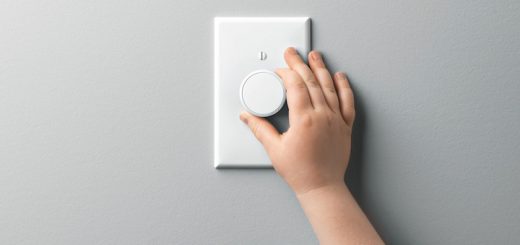The Complete Guide to Multi-Purpose Vinyl Flooring
Are you looking to upgrade your flooring solutions at the office? Or maybe you’re simply looking at flooring options for your brand new home. Either way, the pressure of making a decision is on and you’ve barely gone through all the choices available to you. The type of flooring used can make a world of a difference and leave a lasting impression on any person entering the room.
In recent years, the popularity of vinyl flooring has been on the rise, with many people considering them a better alternative to wooden or laminate flooring. There’s a reason why this is the way it is. If you’re just setting off on your flooring journey and are looking to find out as much information as you can before making a purchase, you’ve stumbled into the right place. Here’s a quick breakdown of everything you need to know about vinyl flooring and why it could be the best solution for you.
What Is Vinyl Flooring?
On the outside, vinyl flooring resembles hardwood and it’s composed of several layers of synthetic materials such as fibreglass, PVC vinyl and a plasticiser that ensure good quality and longevity. It’s oftentimes confused with other flooring solutions such as laminate and linoleum but it’s far more versatile and pleasing to the eye in comparison. These days, commercial vinyl flooring is a bit thicker than it was in the past and the perfectly balanced structure of materials contributes to an extremely resilient yet comfortable flooring solution.
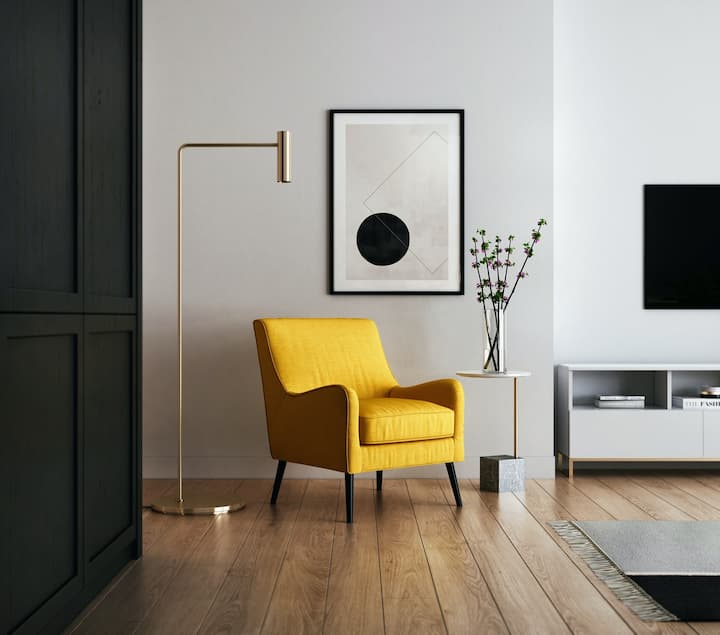
What Are the Different Types of Vinyl Flooring?
The distinction between the types of vinyl flooring is mainly based on how they’re installed in your home, office or any other place. There are two main ways in which this can be done. Regardless of which option you choose to go for, installation is an easy feat and you can practically do it yourself without putting in any extra effort. It’s considered to be a do-it-yourself activity since there’s very little room for error.
Sheet Flooring
As the name suggests, it comes in large, flexible sheets with a printed top layer. Just roll out the sheet and cover the size of the room floor you want it installed. You just need to make sure that the installation surface is clean and dry so that the vinyl is applied in the correct way. You can even cut the sheet to match the design of the room and suit your needs. It’s like a sticker, really. No need to spend hours upon hours assembling the floor, it’s all done in a matter of minutes.
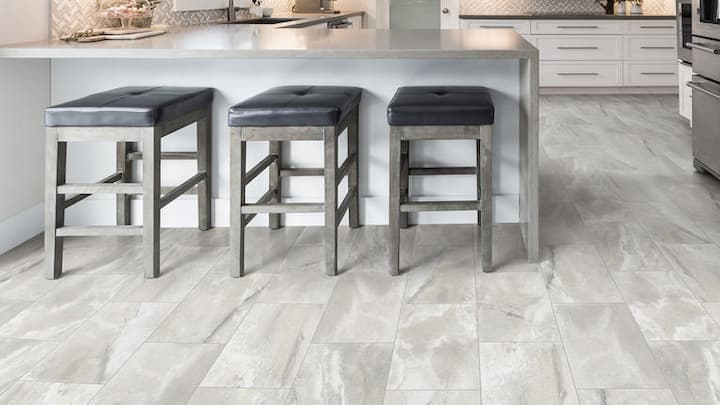
It’s best if you keep sheet flooring for large, flat surfaces because that’s where it’s easiest to apply. You might want to consider high-end vinyl plank flooring for other areas that aren’t a level surface.
Plank Flooring
You can easily find stylish and practical vinyl plank flooring specifically designed to mimic its hardwood and ceramic counterparts. They’re incredibly realistic and just as good. The planks themselves come in a variety of sizes and a plethora of extraordinary designs which makes them blend in easily with the surroundings.
For many, vinyl plank tiles are an upgrade in comparison to vinyl rolls because they’re less bulky and easier to navigate through space. Each tile has a plastic peel at the back which, once removed, reveals the adhesive which is meant to secure the tile into place. You just press it into the floor and that’s it, you’re done. You can call for a professional to do the job for you if you want but you’d be surprised at how easy the application process is and how effortlessly you’ll be able to do it yourself. Don’t worry if you mess up the first couple of tries, you’ll get the hang of it soon enough.
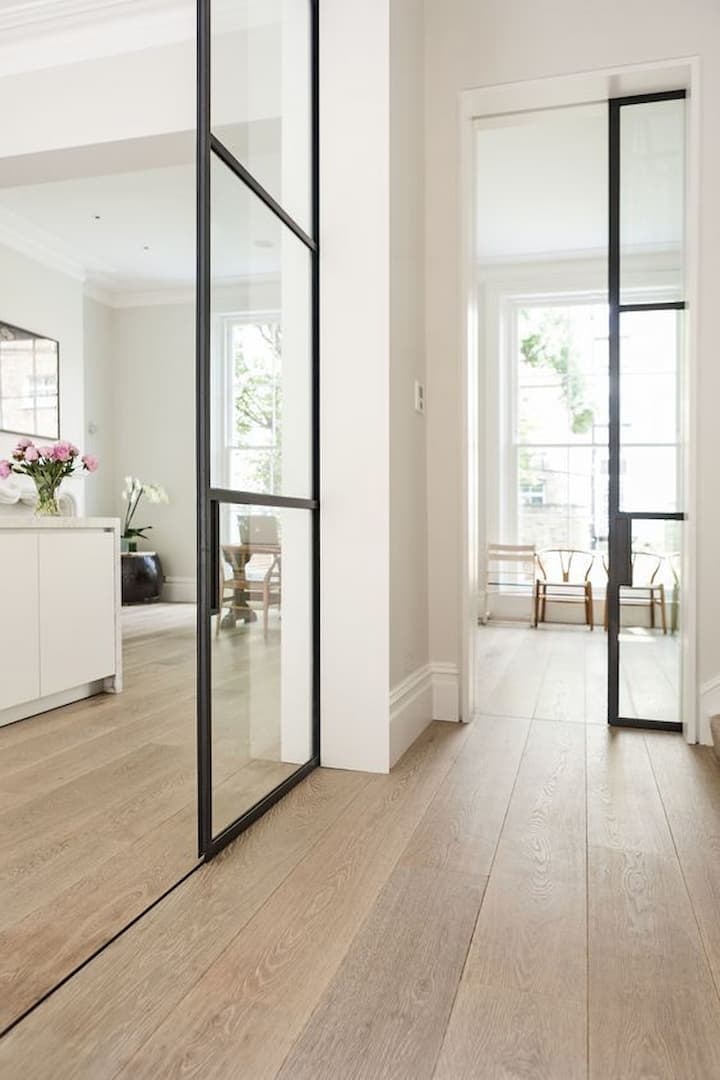
Another good thing is that, if needed, the tiles can be cut using a sharp tool knife to accommodate to its designated spot on your floor. What is more, each tile can easily be replaced in the future, if you manage to somehow damage or scratch it over the years.
The good thing about commercial vinyl tile flooring is that it can be done with the furniture still present in the room. You don’t have to close off the entire room and take out any existing items for installation to take place. It’s quite functional and convenient, especially if you’re in a hurry.
What Are the Advantages of Vinyl Flooring?
The growing appeal and popularity of vinyl flooring are backed up by numerous advantages and benefits. This is just a quick breakdown of a few basic ones.
Can Be Installed in a Variety of Places
Due to its immense versatility and remarkable range of design types, it’s easy for vinyl flooring to seamlessly merge with any other pre-exiting room décor you may have purchased. Vinyl flooring is ideal for household as well as commercial use because you deserve to have premium quality and ultra-modern designs welcome you everywhere you go. In addition, vinyl flooring is perhaps the most budget-friendly and cost-effective option out there so it won’t put too much financial strain on you or your bank account.
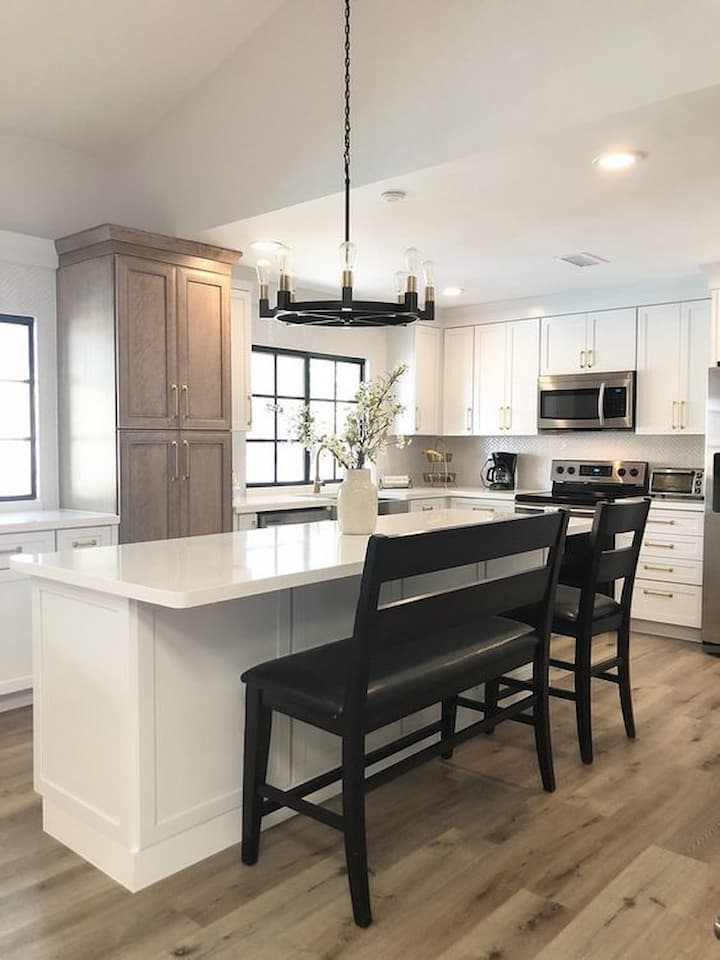
Easy to Clean and Maintain
Vinyl flooring has a high-quality protective coating that is resistant to staining and dirt. This makes cleaning an absolute breeze. Spills and leaks can be wiped off easily and scrapes and dust particles are no longer an issue. With the regular occasional sweep or mop, vinyl flooring is bound to be of service to you for many years to come.
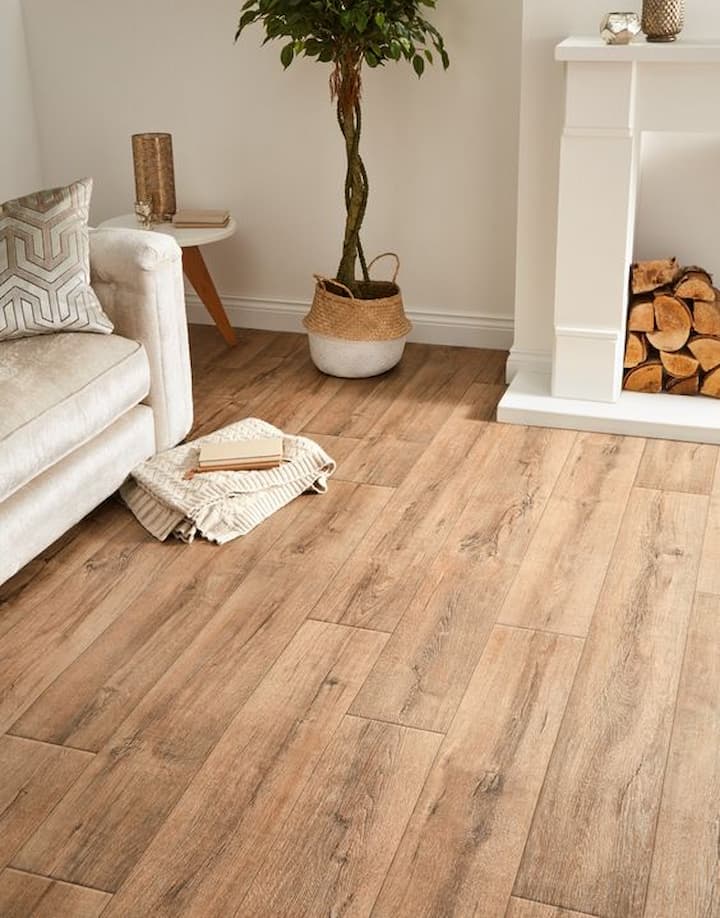
Durable and Water-Resistant
The sheer fact that vinyl flooring is made up of layer upon layer of different materials is what makes it sturdy and long-lasting. And unlike regular wooden floors, it’s water-resistant which means it can be used in areas where wood normally can’t, such as bathrooms or kitchens. In this way, you can equip your entire house or studio apartment with vinyl flooring without worrying about excessive water damage overtime. Sounds great right?

